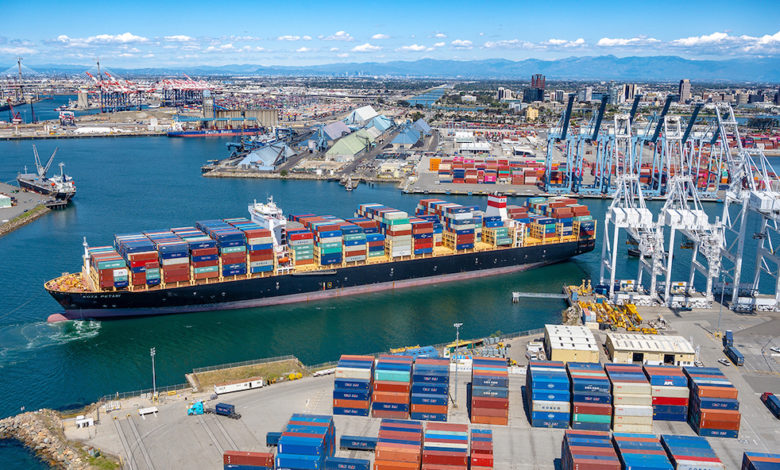Report highlights the challenge California faces in creating zero-emission ports

A recently released report from global infrastructure advisory firm Moffatt & Nichol looks at the challenges California’s container and roro marine terminals will face in working to meet the state’s emission-reduction mandate. Not only has governor Gavin Newsom issued an executive order banning the sale of diesel- and gasoline-powered equipment starting in 2035; the ports of Los Angeles and Long Beach have added to the pressure by requiring zero emission container-handling equipment in their terminals by 2030.
A September 2020 article in the Los Angeles Times described the problems the state is already having with power: insufficient energy sources, growing demand, power blackouts and brownouts, equipment failures, and reliance on energy imports that are becoming less available as neighbouring states also confront increased demand.
As electric vehicles continue to gain in popularity, they are adding, as well, to power demands. In fact, the Moffatt & Nichol report considers the power requirements of the trucking fleet required to support the port facilities, in addition to the needs of the ports themselves.
The power demands identified in the study are significant. “The consequences for not addressing the challenges,” say the authors, could be “periodic shutdowns at the marine terminals or inability to continuously operate at daily capacity, resulting in breakdowns of the supply chain.”
The report’s findings identify challenges for the state’s energy plan that include the following, summed up by the Pacific Merchant Shipping Association (PMSA) in a release:
- Ensuring sufficient power is available during marine terminal hours of operation with the ability to meet peak demand for stationary sources and electric vehicles,
- Providing additional power capacity for operations that may overlap with regional peak power demand,
- Requiring sufficient, dependable power redundancy, to allow rapid recovery from a natural or manmade disaster, and
- Executing needed improvement in the electricity infrastructure to create a stable and reliable power grid.
John McLaurin, president of the PMSA, said, “This report confirms our belief that the zero-emission goal of 2035 will require complex planning, substantial funding and a level of cooperation and coordination by a myriad of state and local agencies for a massive public works project that has never been undertaken in California.”
